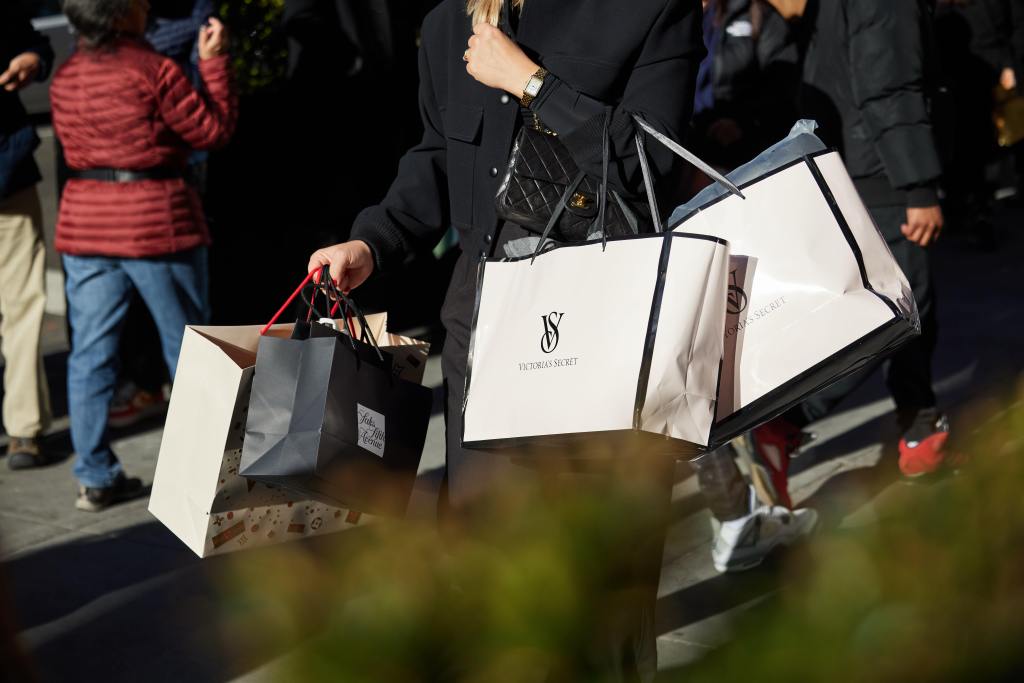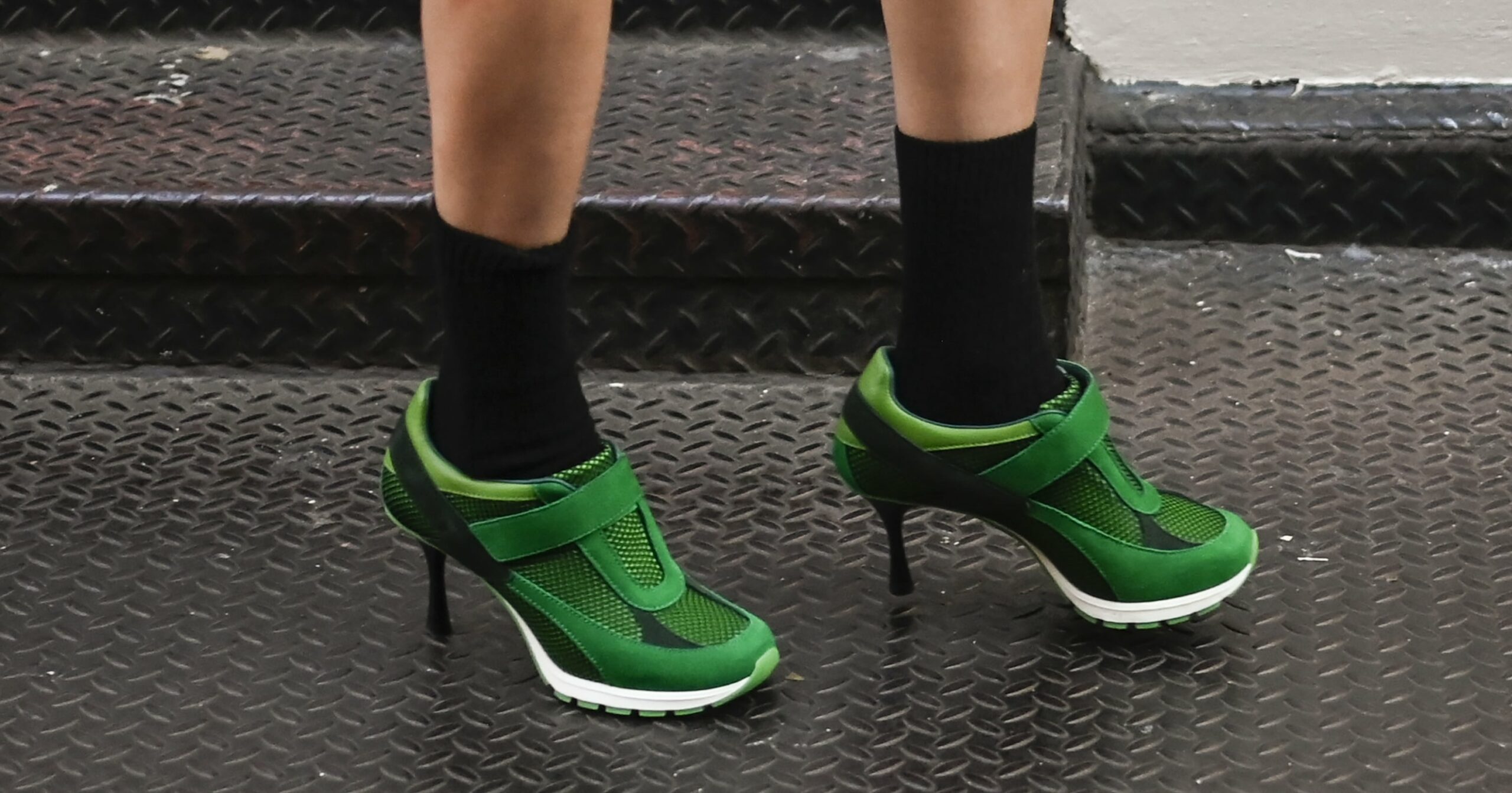The good vibes are holding.
Holiday sales might have just been OK for fashion — with retailers’ gains roughly keeping pace with inflation — but shoppers came into the New Year feeling all right.
The Consumer Confidence Index rose to 114.8 this month, up 6.3 percent from December, according to The Conference Board. That’s the third straight month of increases for the index, which is at its highest point since December 2021.
Economists projected a slightly smaller gain, a 4.6 percent bump up to 113, according to FactSet.
“January’s increase in consumer confidence likely reflected slower inflation, anticipation of lower interest rates ahead, and generally favorable employment conditions,” said Dana Peterson, chief economist at The Conference Board, in a statement. “The gain was seen across all age groups, but largest for consumers 55 and over. Likewise, confidence improved for all income groups except the very top; only households earning $125,000-plus saw a slight dip.
“Buying plans dipped in January, but consumers continued to rate their income and personal finances favorably, currently and over the next six months,” Peterson said.
But shoppers are still feeling better about the present than the future.
Of the confidence index’s two components, it was the Present Situation Index that raced ahead, gaining 9.6 percent to 161.3. The Expectations Index, which looks six months into the future, inched up 2.3 percent to 83.8.
The Conference Board’s reading jibed with the University of Michigan’s Surveys of Consumers, which found that sentiment “soared 13 percent in January” after a strong December.
Consumer sentiment surveys are widely used to get a handle on the economy as the spending of everyday shoppers makes up more than two-thirds of U.S. GDP, which weighs in at over $27 trillion.
But the economic types have had a hard time reading consumers lately.
Shoppers bore the weight of inflation and increased interest rates with much more grace than was expected last year, especially with student loan payments restarting and pandemic-era savings running low.
That disconnect has some experts looking for new ways to understand consumers.
Katie Thomas, who leads the Kearney Consumer Institute think tank, launched a global Consumer Stress Index this month, incorporating macroeconomic data as well as consumer input to get an understanding of what’s driving shoppers.
“The consumer is fine,” Thomas said in an interview. “For a long time, I felt like I was more bullish when all these sentiment numbers were negative. Now, I feel like we’re almost getting a little too excited by these most-recent jumps.
“I think we’re stable,” she said. “The consumer is navigating everything that’s gone on OK, but we do have some things hanging on.”
Thomas pointed to worries around the U.S. presidential election and lingering food insecurity and potential interest rate changes as areas to watch.
The inaugural reading of the Consumer Stress Index found that only 30 percent of shoppers cited wallet and finance concerns as the most stressful aspect of their lives.
The rest of the pressure was spread out between geopolitics and government (which 21 percent of respondents listed as their top source of stress), food and the environment (19 percent), health and education (18 percent) and innovation and technology (13 percent).
How consumers shift between those categories over time could explain just why shoppers are spending more or less, informing the decisions retailers make.
For now, Thomas is not looking for a big comeback.
“People are relieved that gas is cheaper, that eggs are cheaper,” she said. “They’re relieved that their 401(k) is a little better, but they’re not going to run out and go shopping.”



